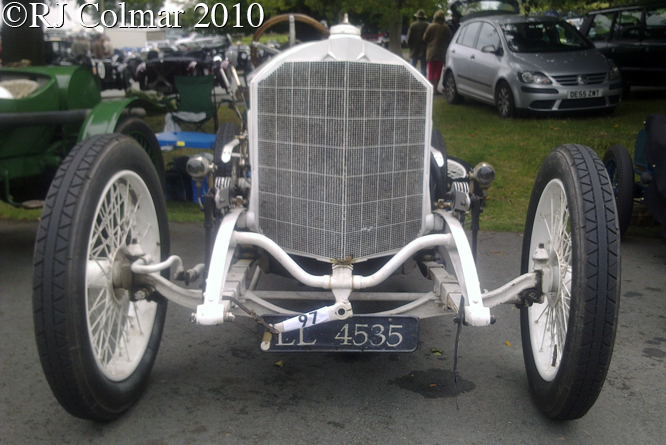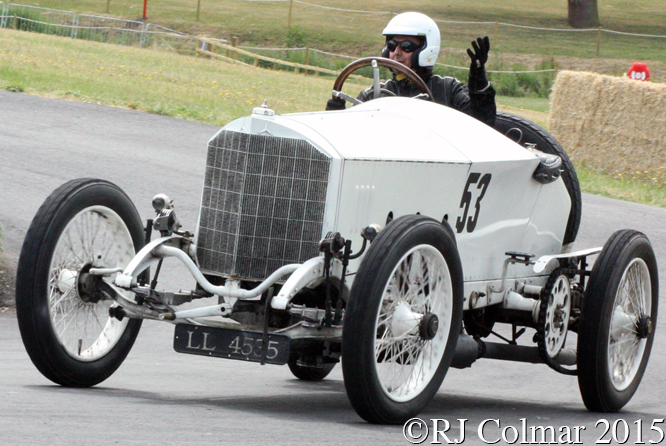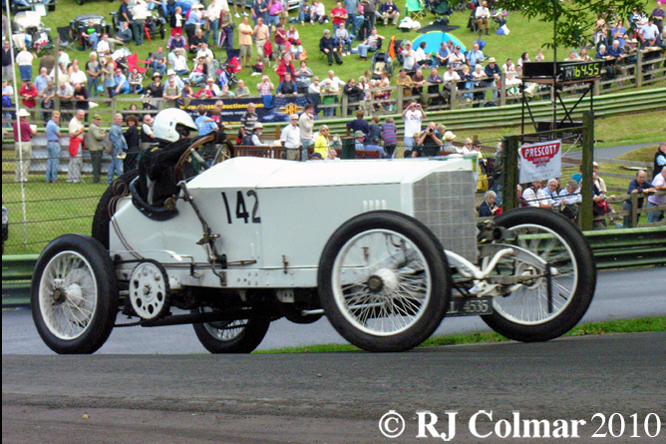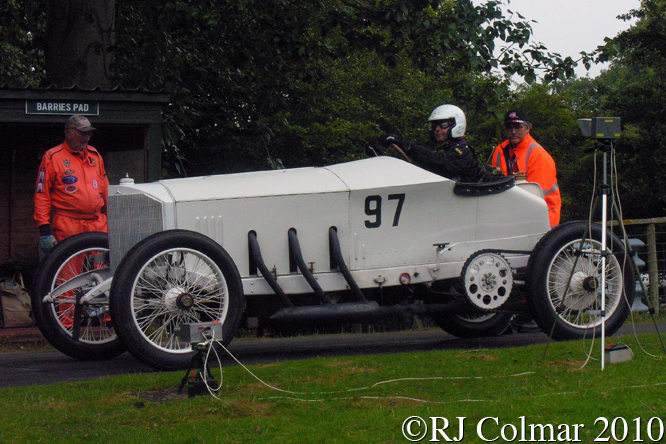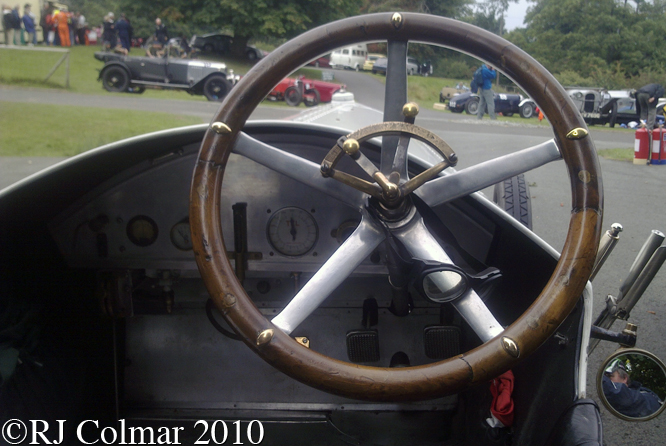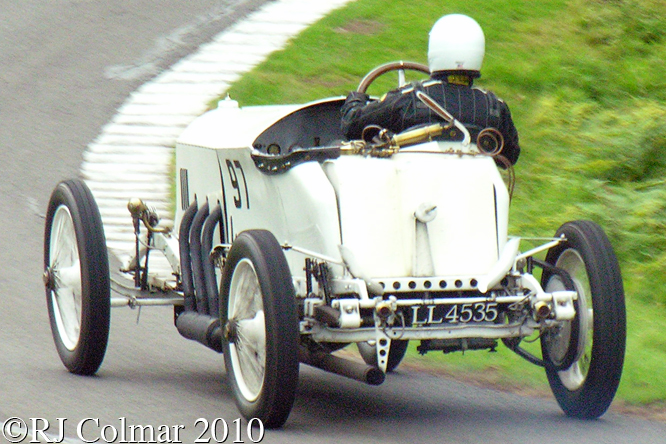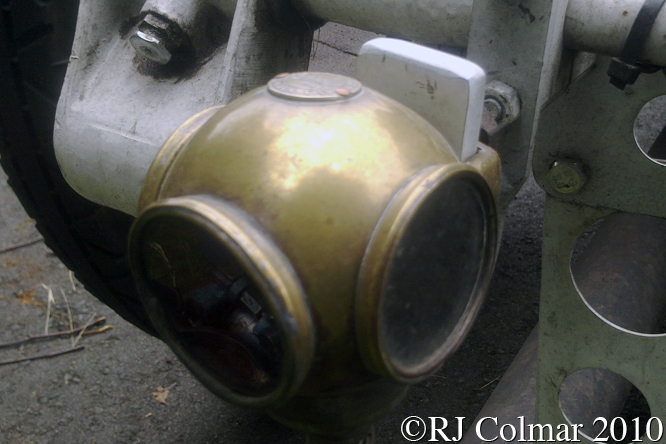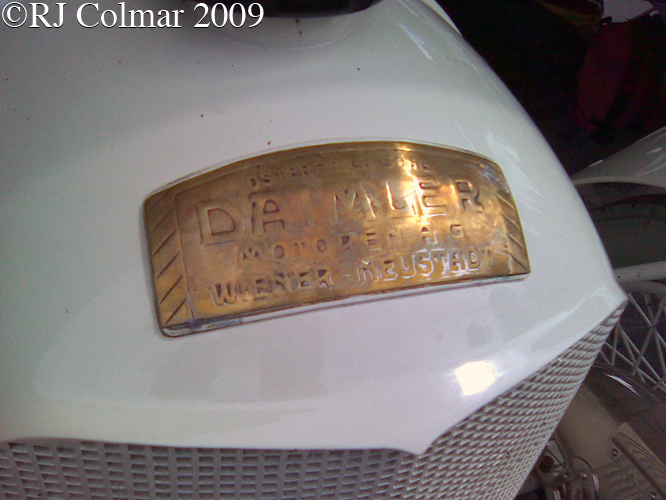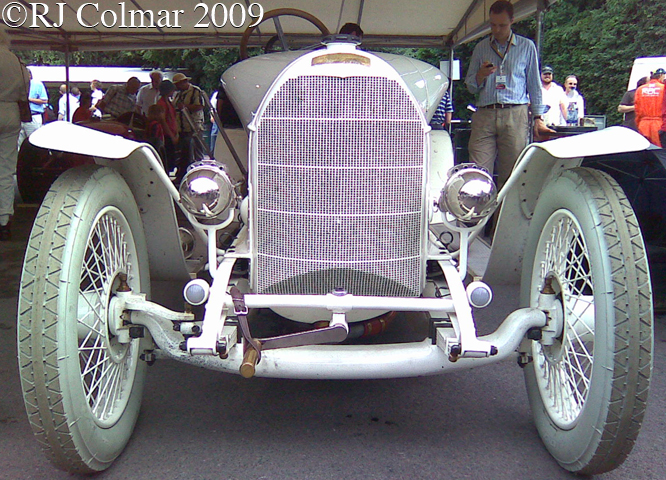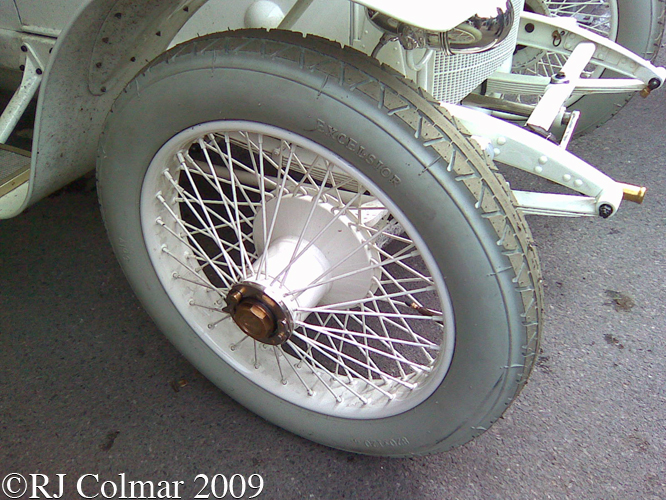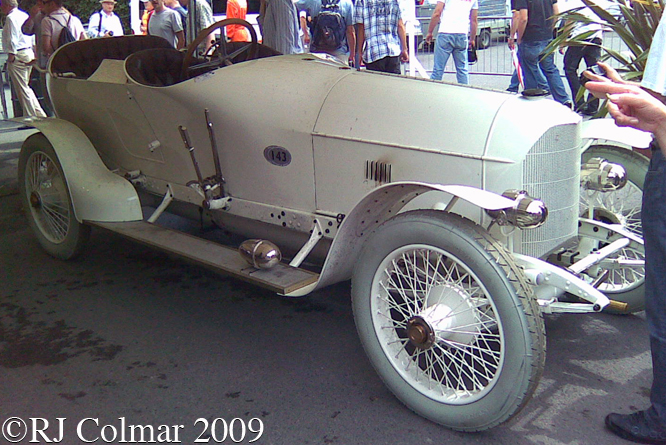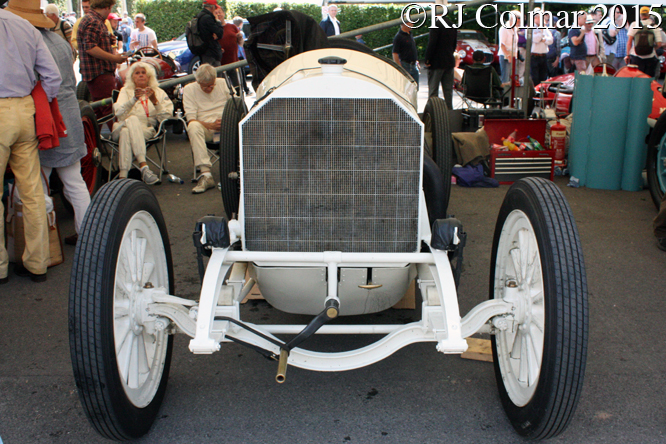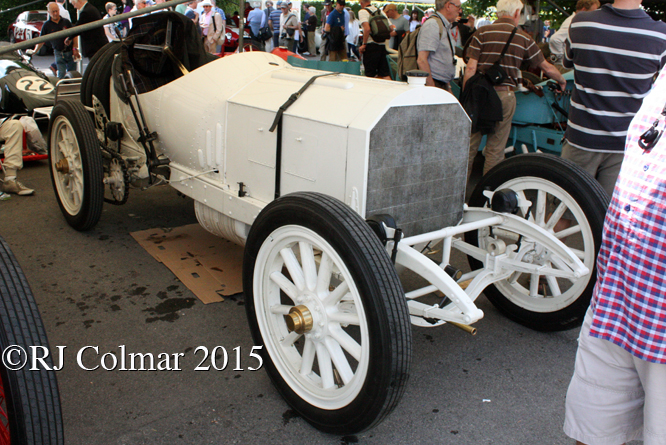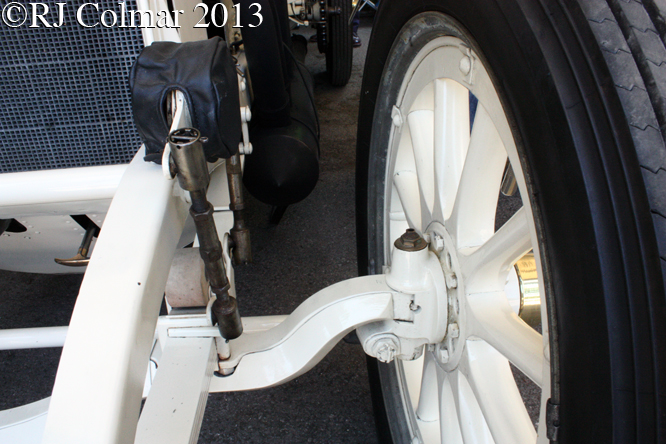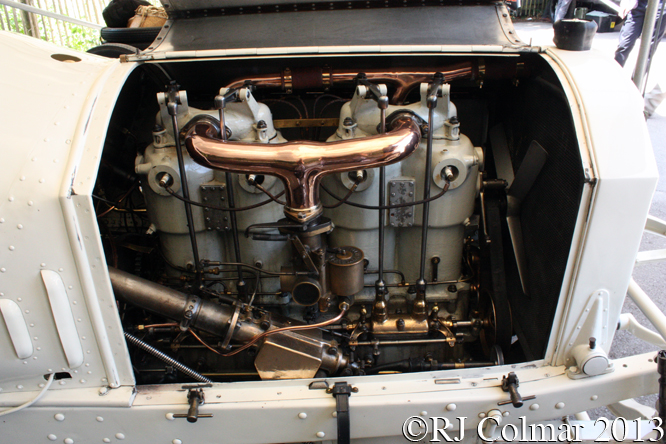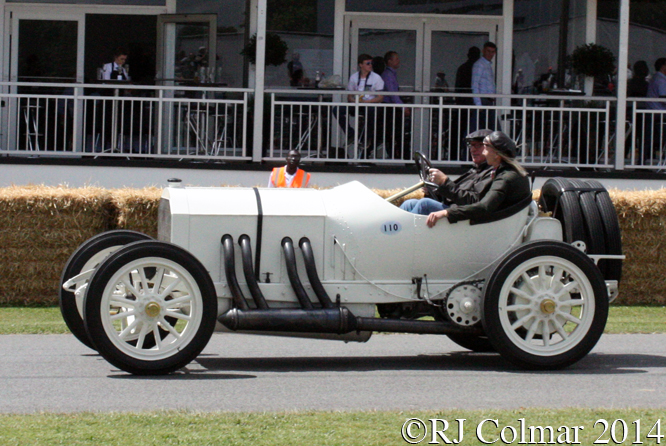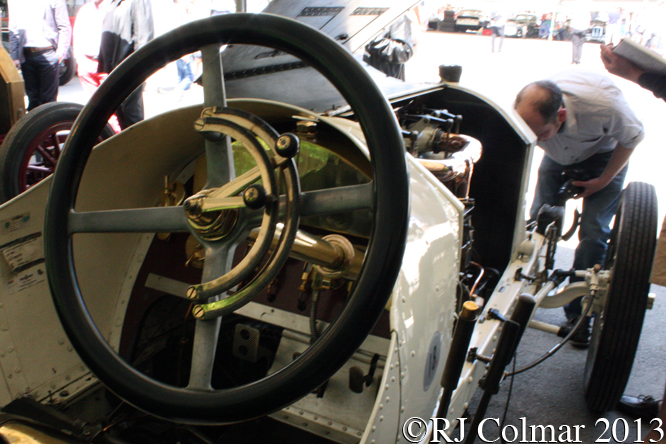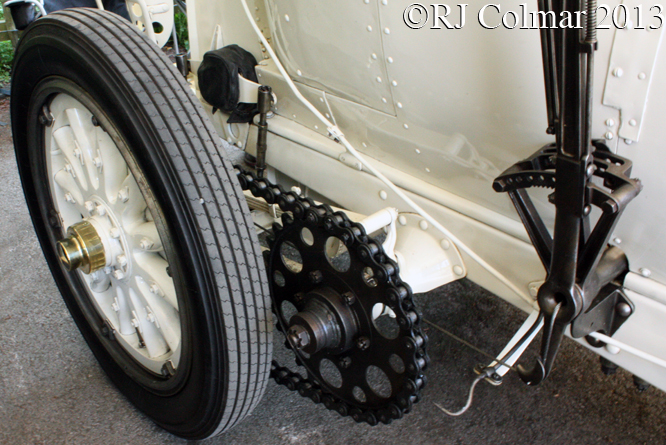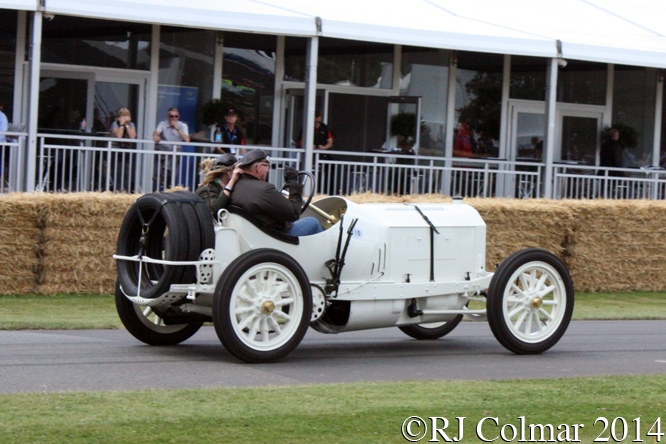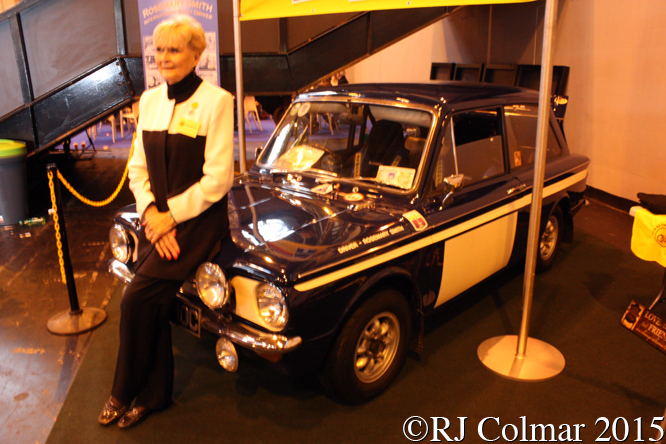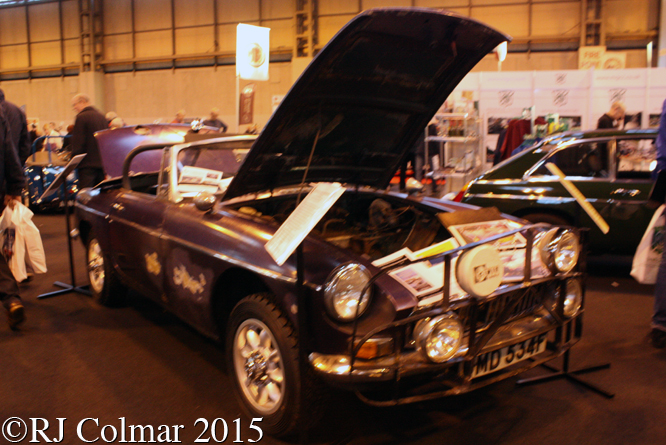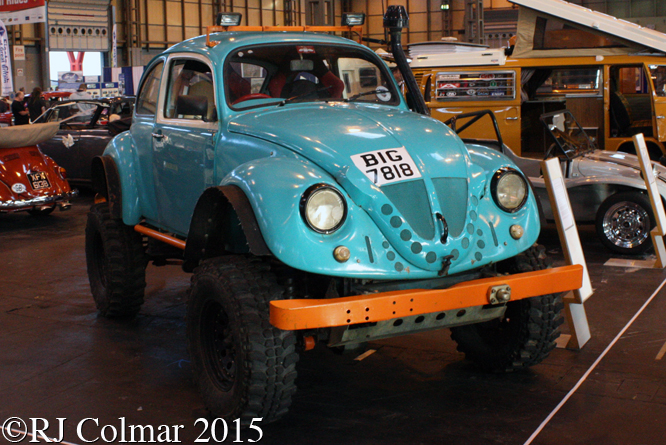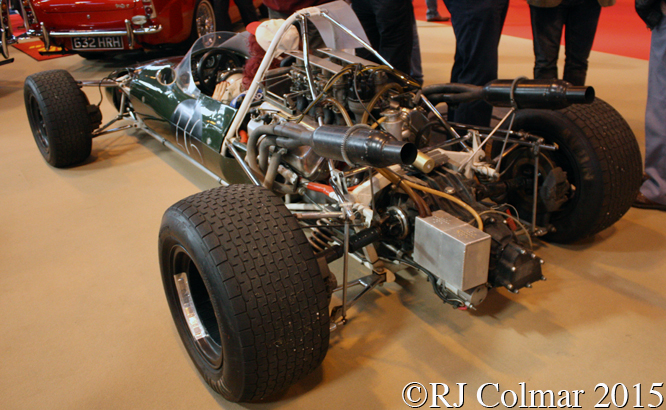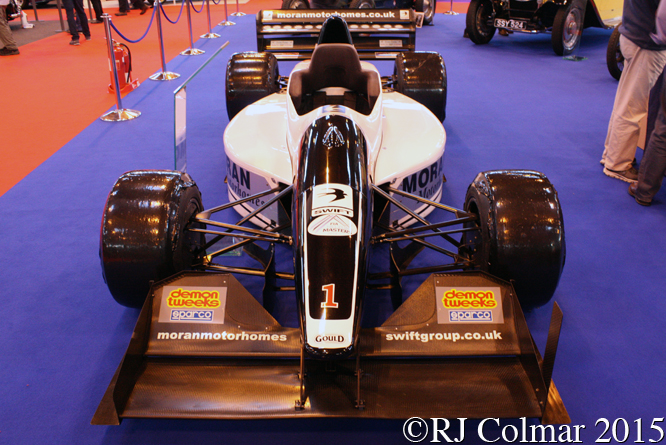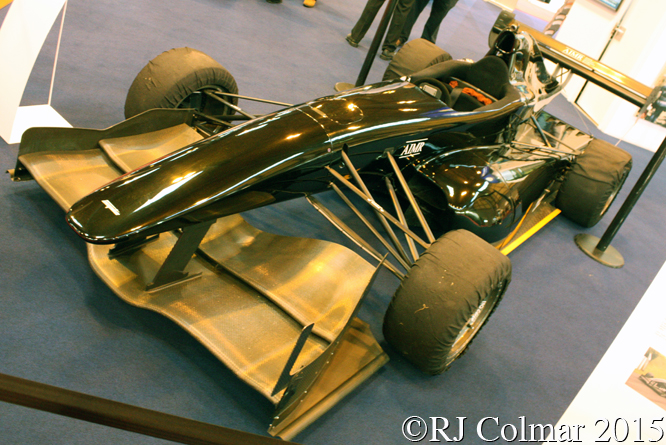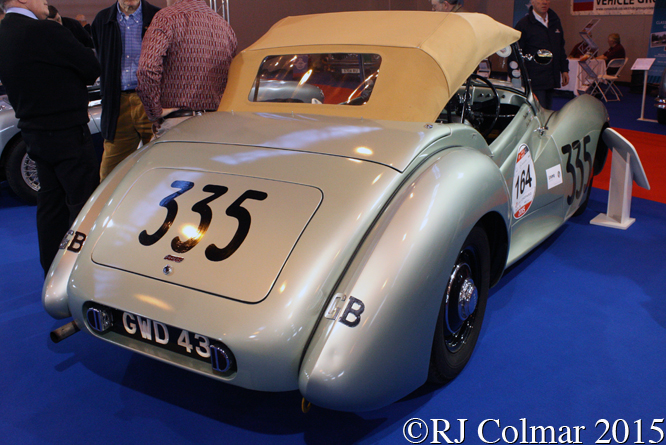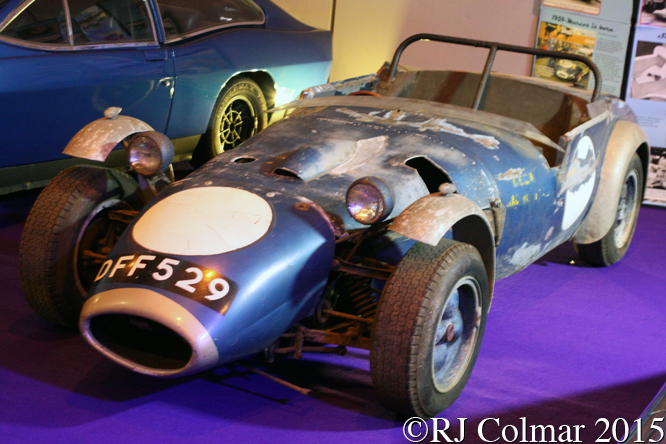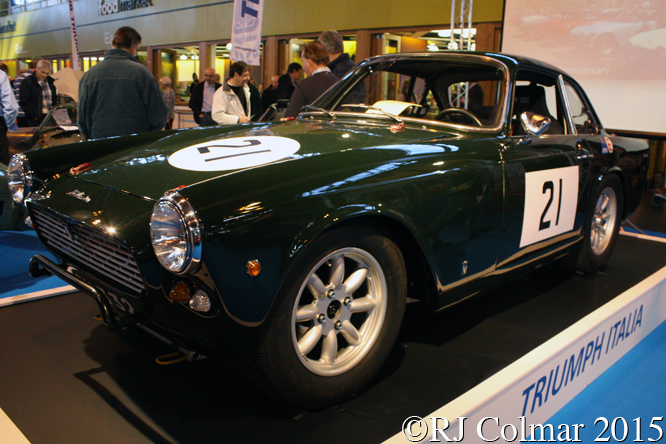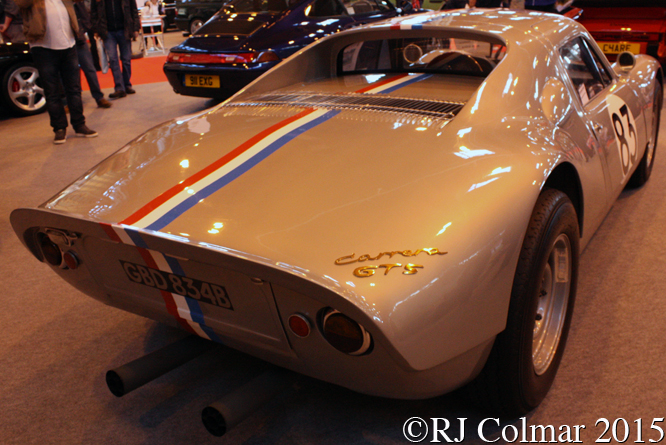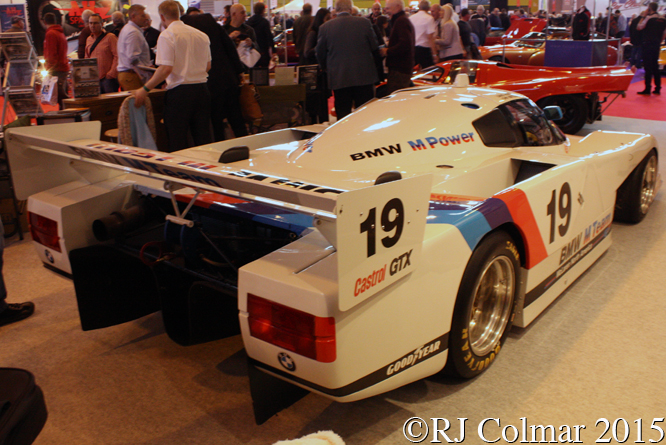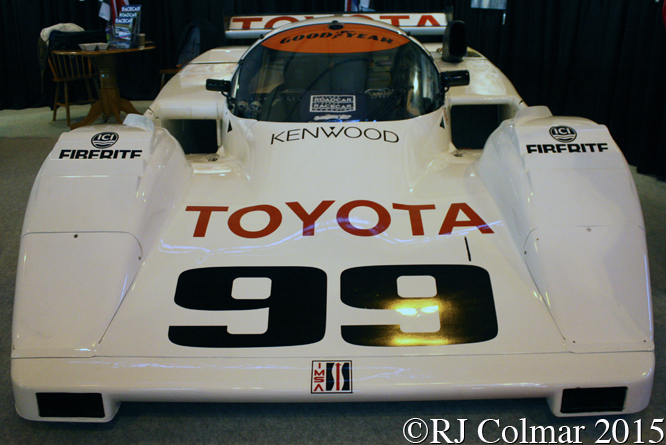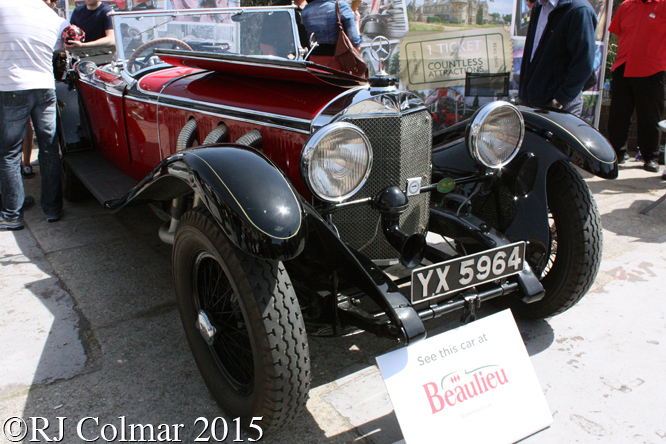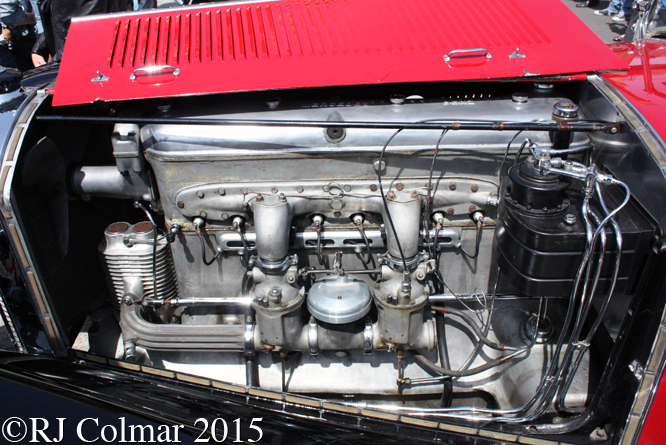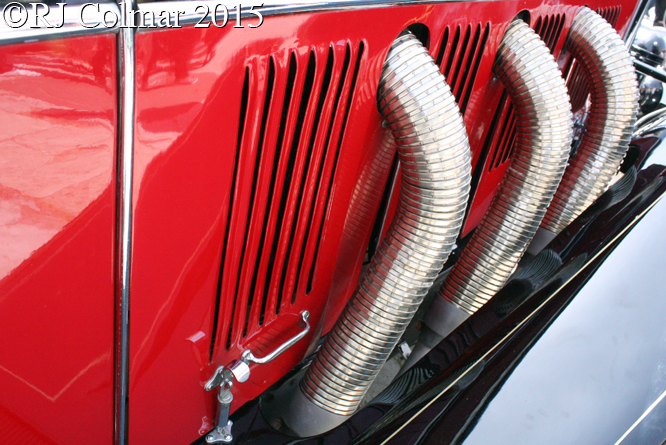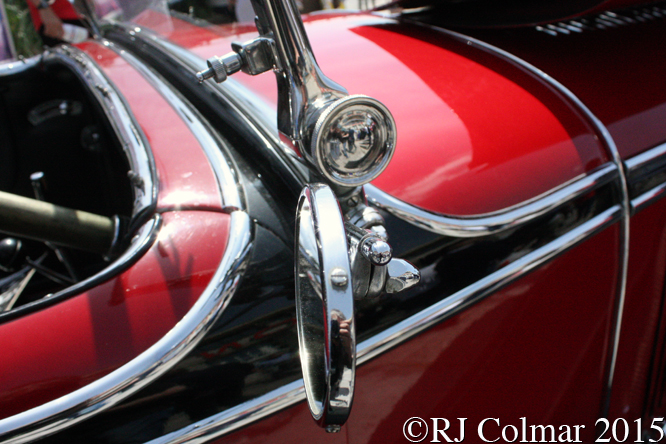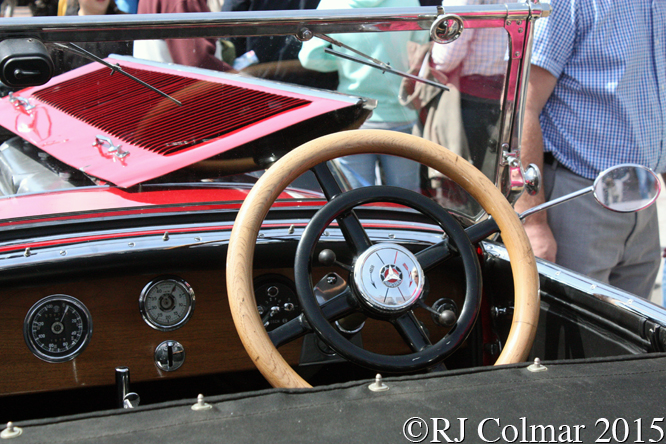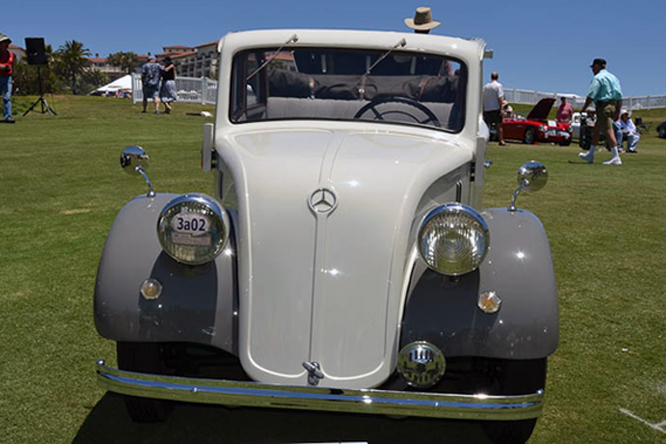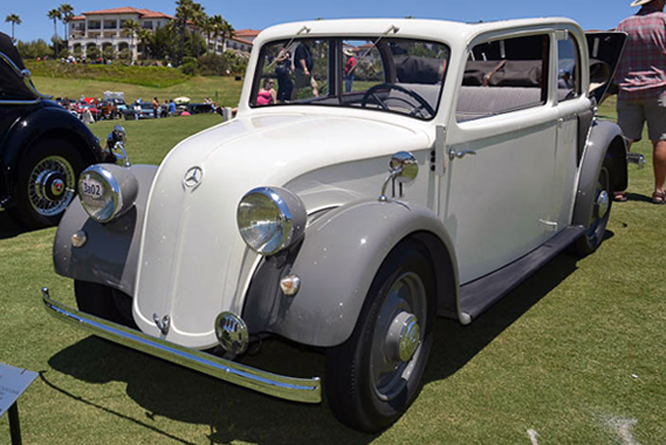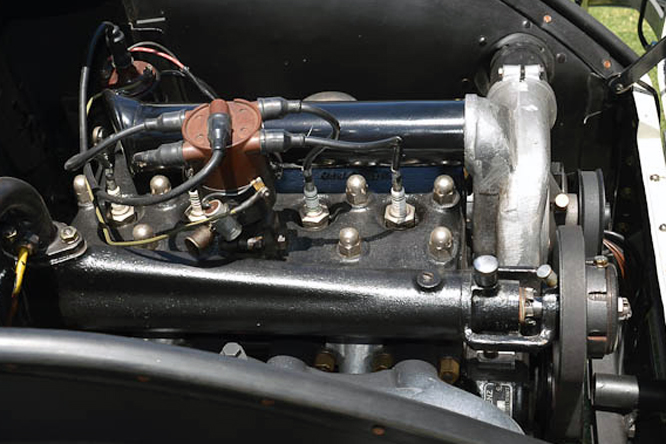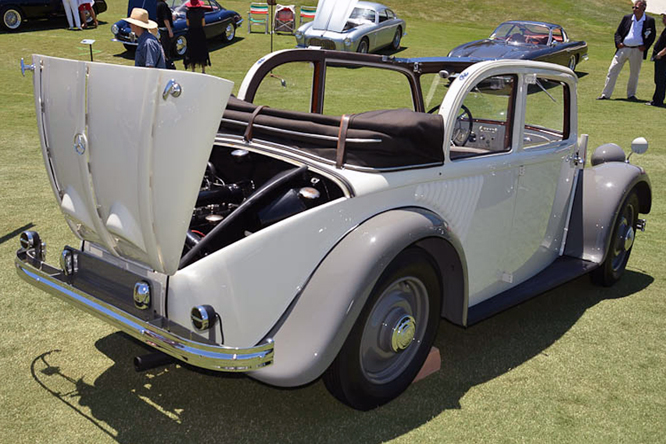The 1914 Grand Prix de l’Automobile Club de France, was to be run over 20 laps of a 23 mile road course around Lyon.
In preparation for the race Mercedes sent their engineer Louis Vischer with two of their 1914 18/100 Grand Prix challengers to check the suitability of the cars to the conditions.
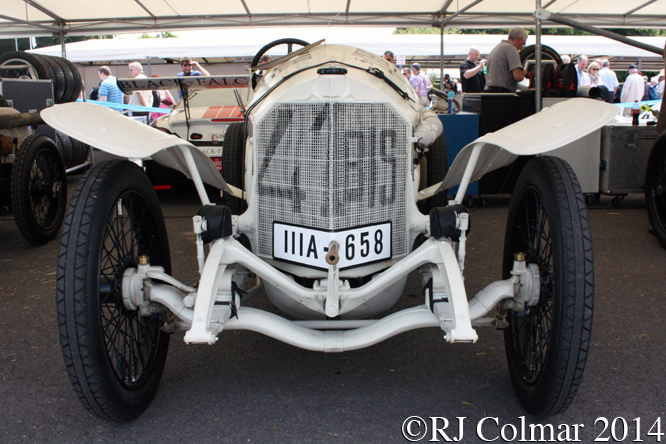
Today’s featured 18/100 is one of those cars built with a 4 1/2 litre / 274 cui 4 four cylinder engine with a conservative single cam shaft operating four valves per cylinder designed by Paul Daimler and Fritz Nalliger.
This engine could turn at a maximum 3,000 revolutions per minute, RPM, double that achieved by any previous Mercedes.
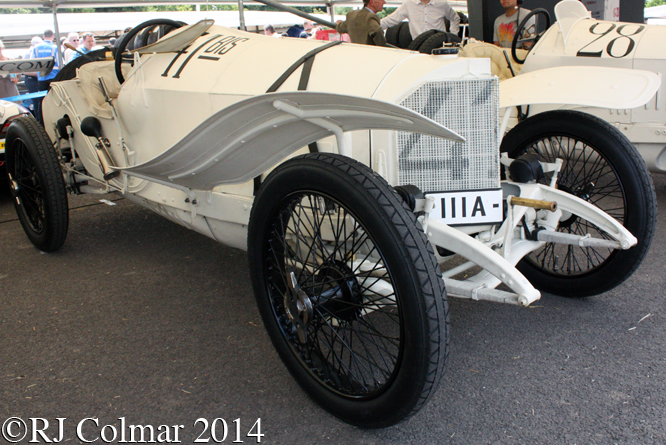
As well as spurning twin cam shafts as successfully used by Peugeot to win the 1912 and 1913 Grand Prix de l’Automobile Club de France, Mercedes unlike Peugeot also relied on brakes operating only on the rear wheels to slow the 18/100 which weighed a minimum mandated 1,100 kgs / 2425 lbs.
Because of the length of the track the car carried two spare tyres and a jack in case of punctures while out on the circuit. Mercedes were the first team to ever employing a strategy of scheduling a mid race pit stop regardless of the conditions
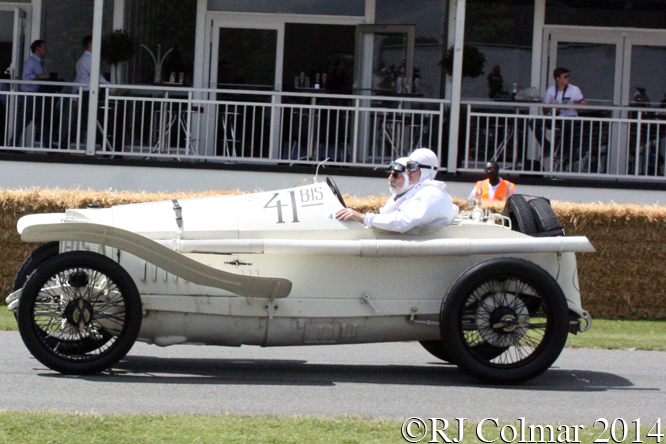
In 1914 Mercedes became the first team to ever employ a strategy of scheduling a mid race pit stop for all of it’s cars regardless of the condition of the tyres.
Note although this car was a team spare today it carries the #41 BIS as used on the fifth team car driven by Belgian Theodore Pilette who is reported as having started the 1914 Grand Prix de l’Automobile Club de France with an already broken four speed gearbox which lasted only the first hour of the seven hour race before failing completely.
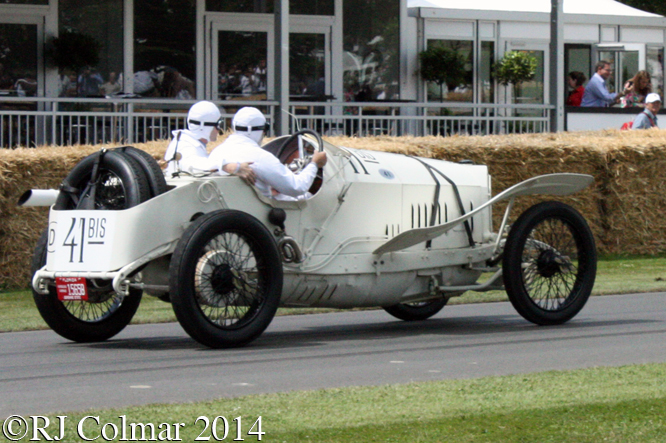
Today this car is part of the Collier Collection and is seen with the collections chief restorer Eddie Berrisford at the wheel at Goodwood Festival of Speed.
Highly esteemed motor sport historian Doug Nye noted in the July 2014 edition of MotorSport that when sitting alongside Eddie at an event held in Lyon to celebrate the centenary of Mercedes 1-2-3 victory in the 1914 ACF GP he had to check the fuel pressure was at least 1 kg/sq cm and if not tug at the fuel pump “like an exasperated Dutchman at a slot machine”, act as a living rear view mirror, as there of course there was none, by glancing over his shoulder, then give two dabs on a foot operated oil pump that lubricated the the cam shaft and top end of the engine and all while being dug in the ribs by Eddie’s left elbow and all while hanging on with his right arm clinging on to the seat ledge behind the driver.
After completing his pre race tests Louis Vischer recorded that ” … the prospect of victory is there, given a skilled handling of the car.”
Thanks for joining me on this Check, Tug, Glance, Dab, edition of “Gettin’ a li’l psycho on tyres” I hope you will join me again tomorrow when I’ll be looking at another Citroén. Don’t forget to come back now !


